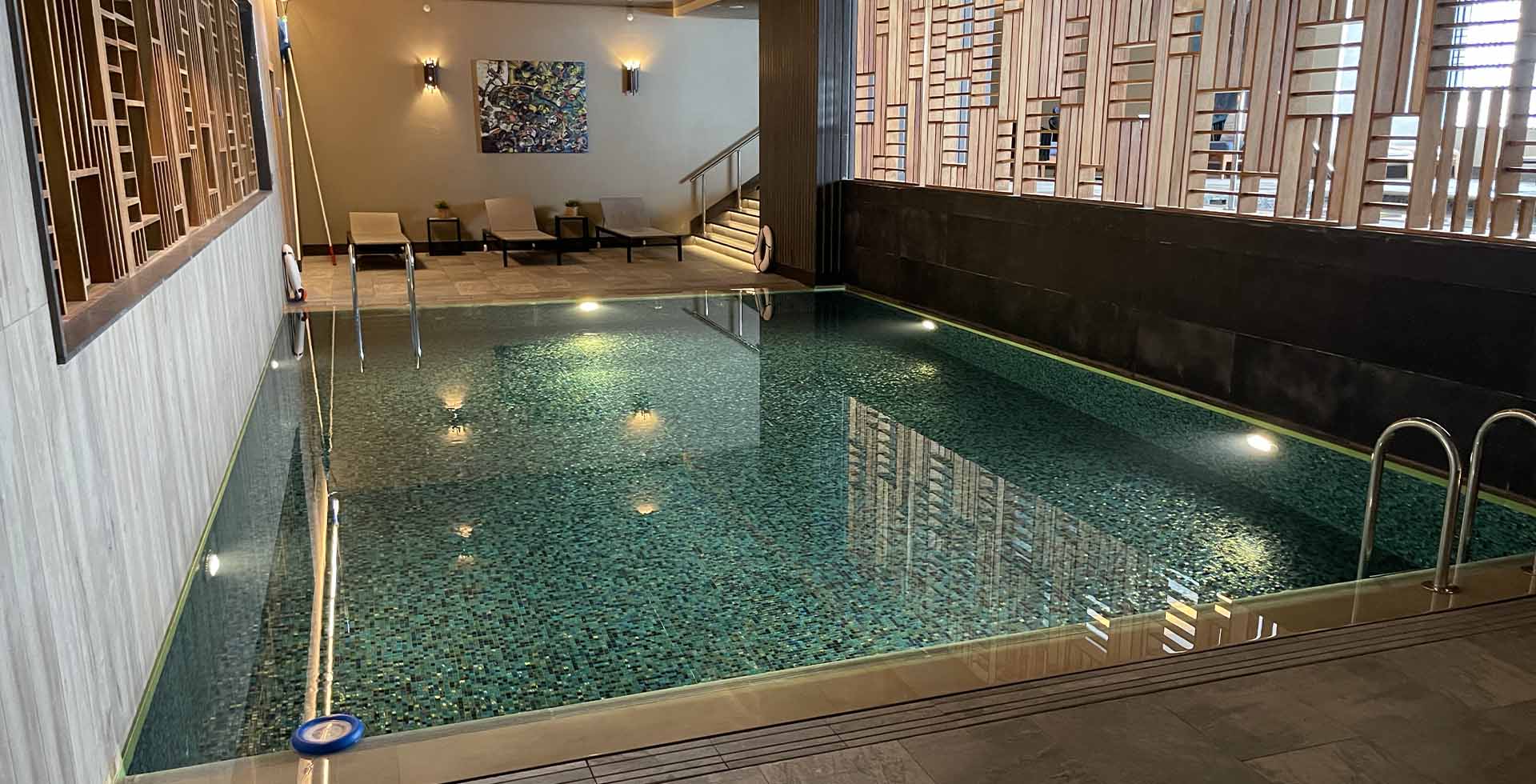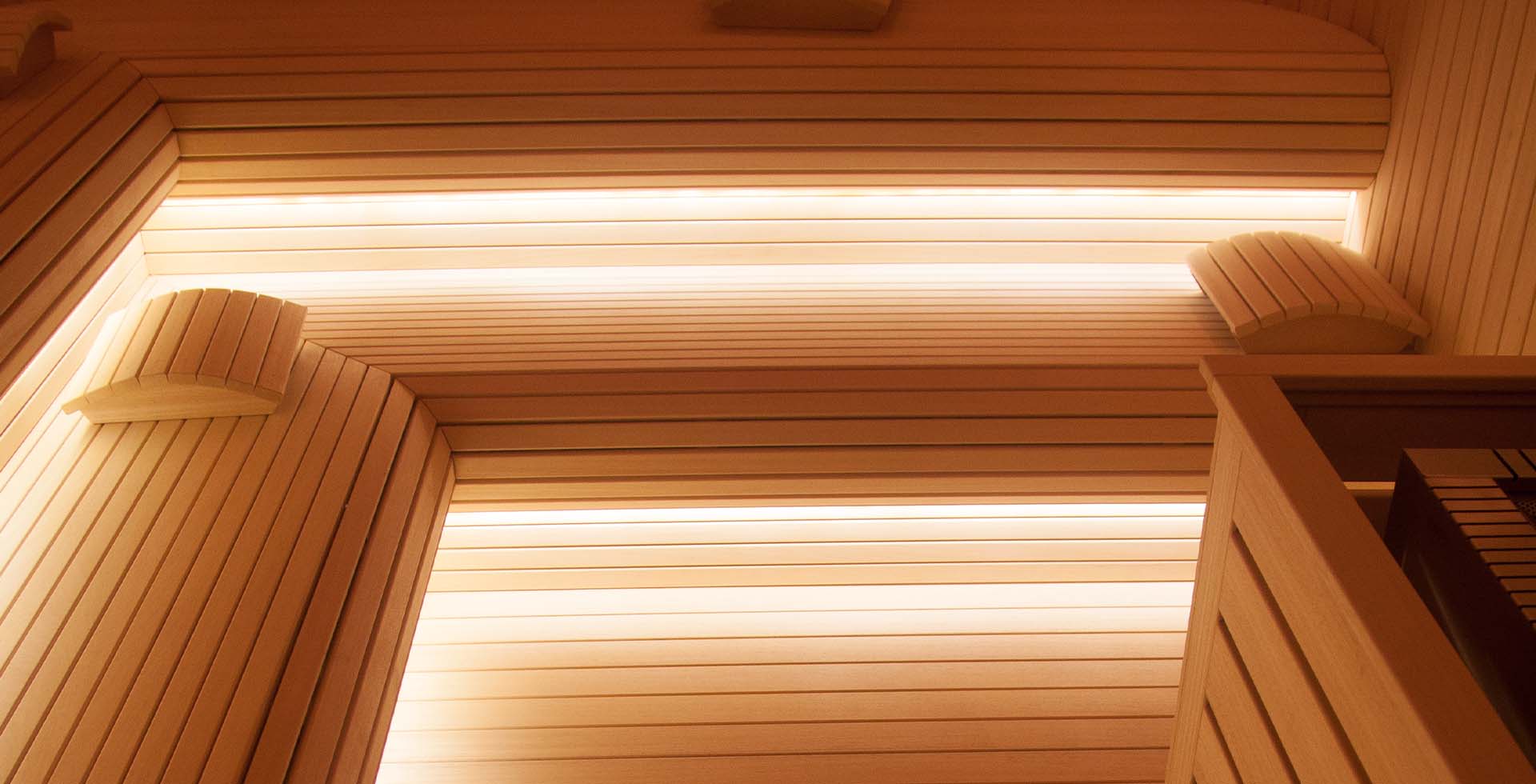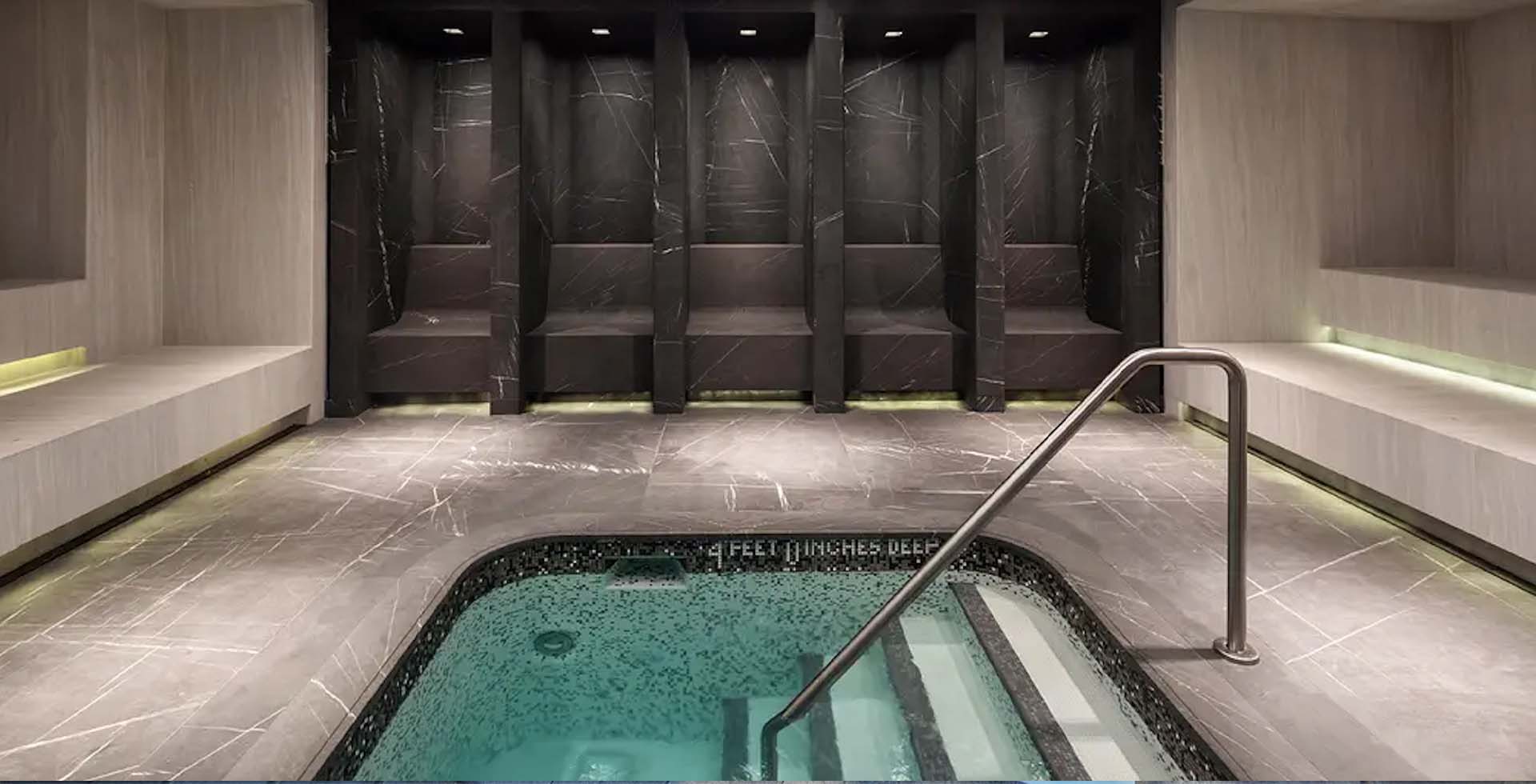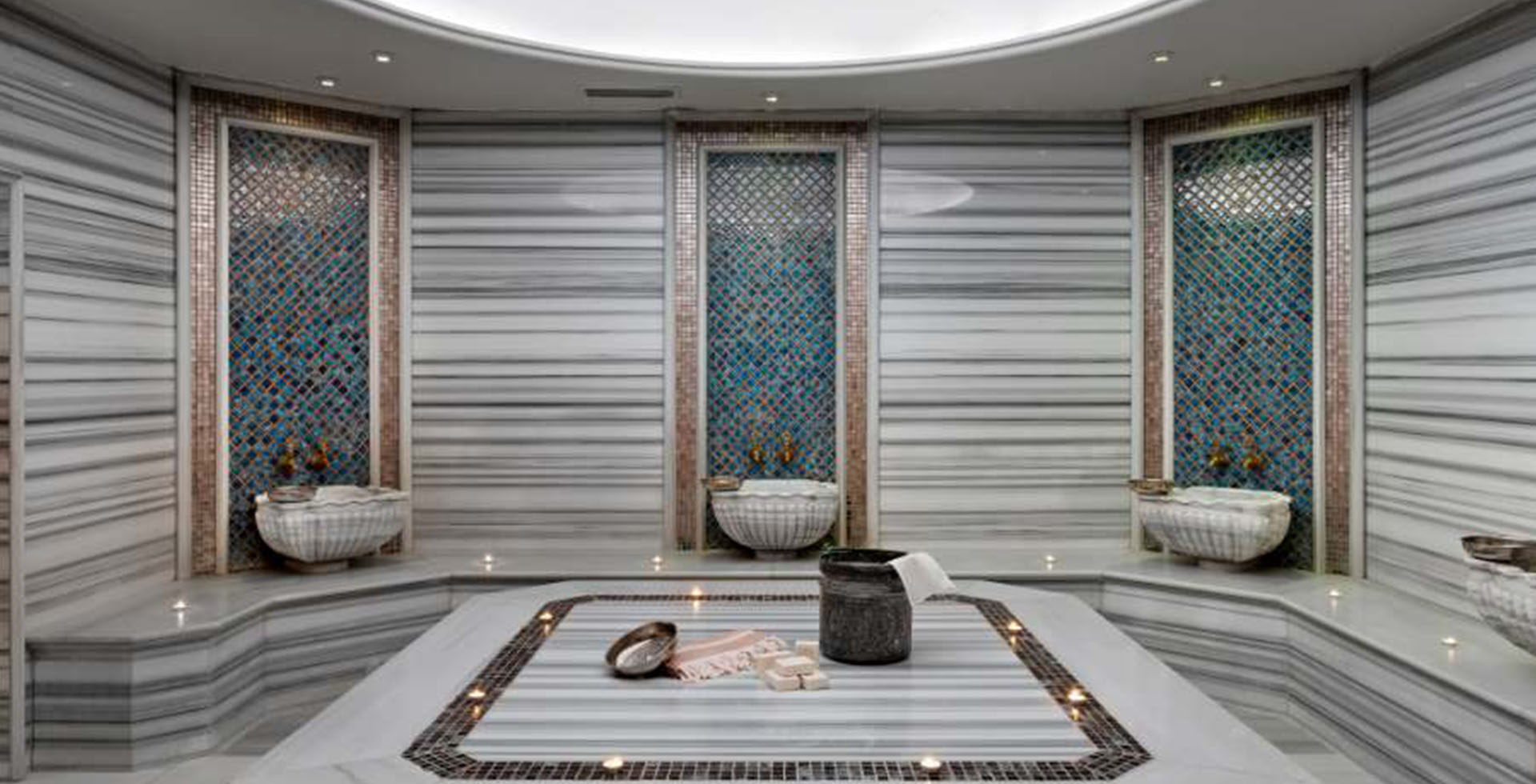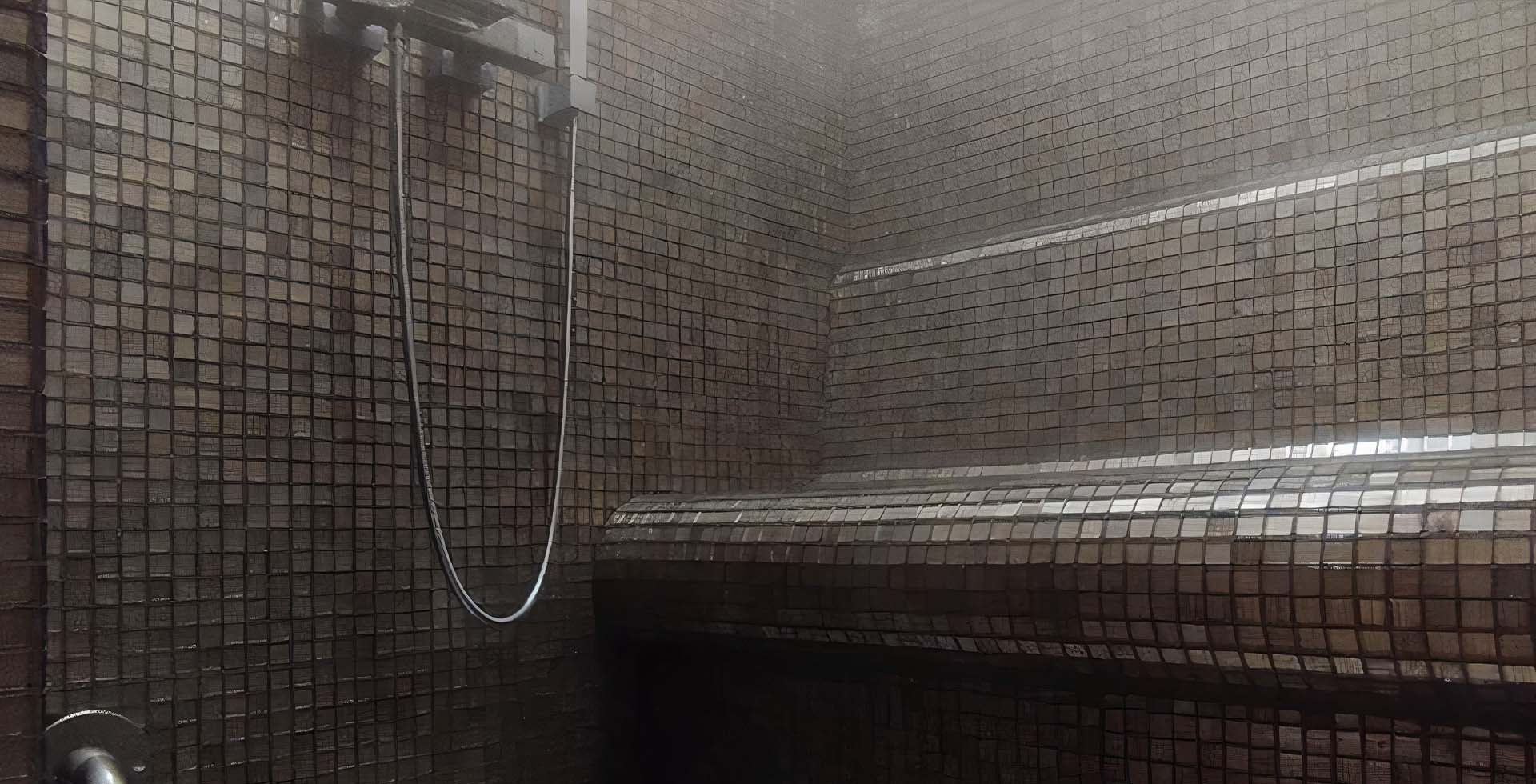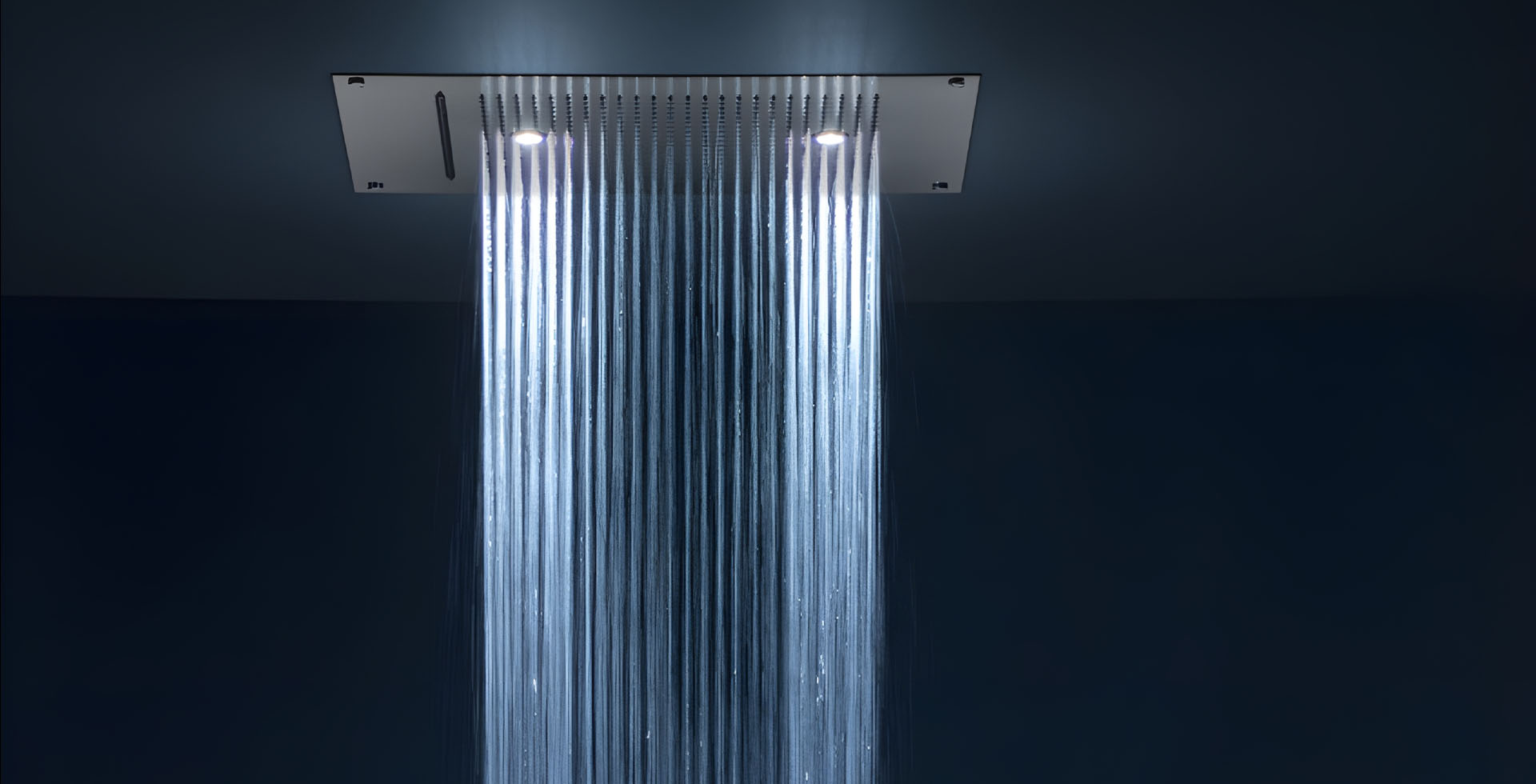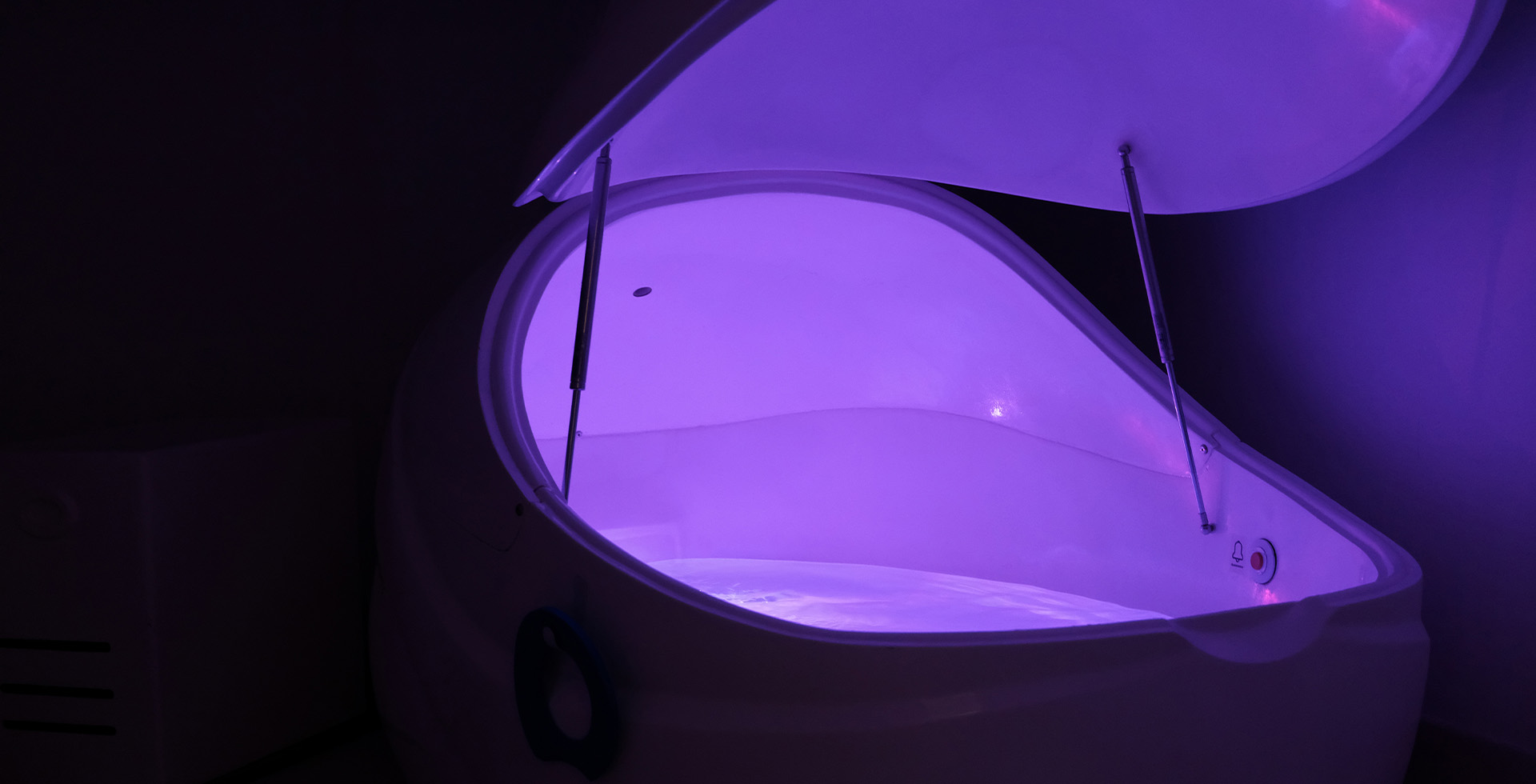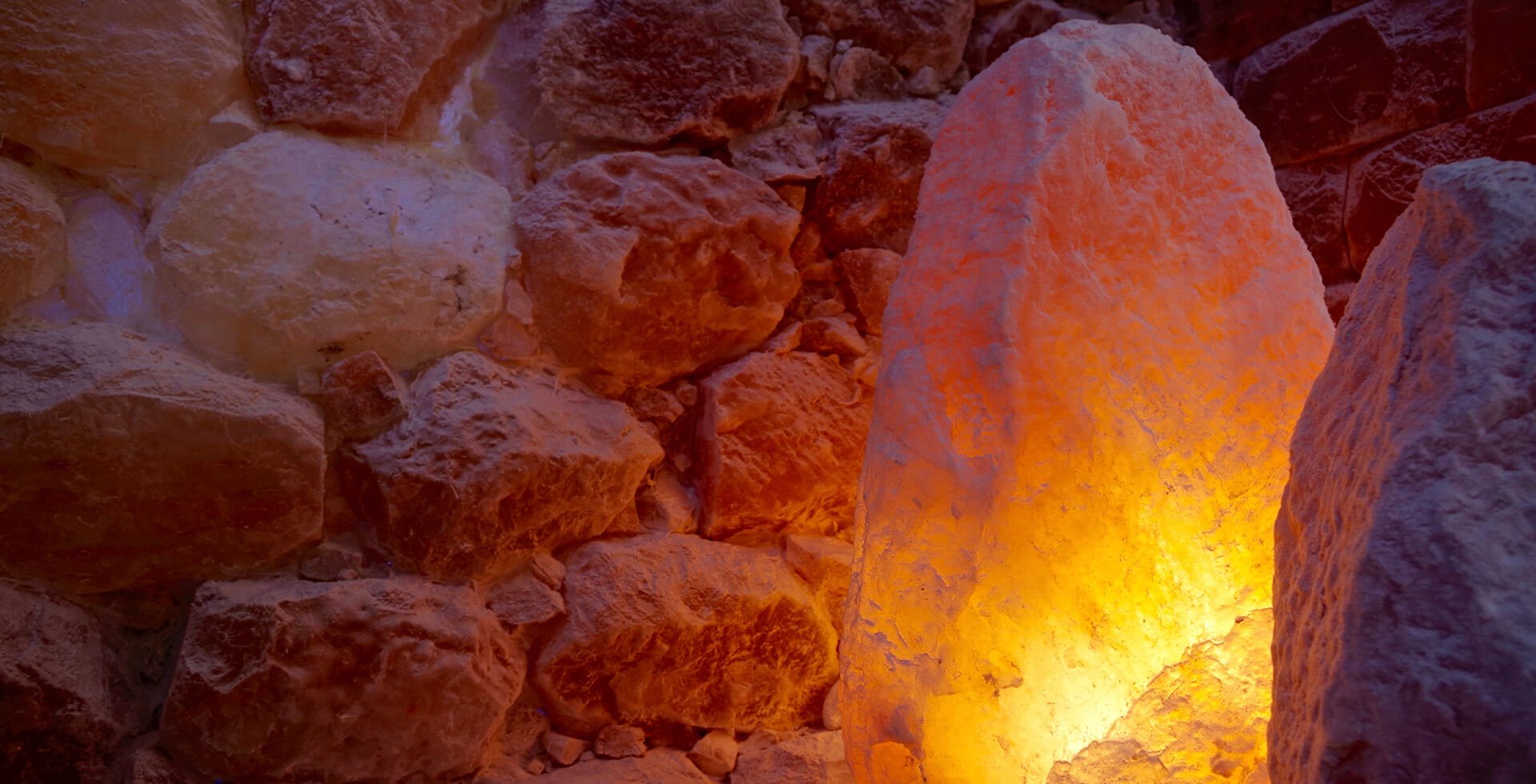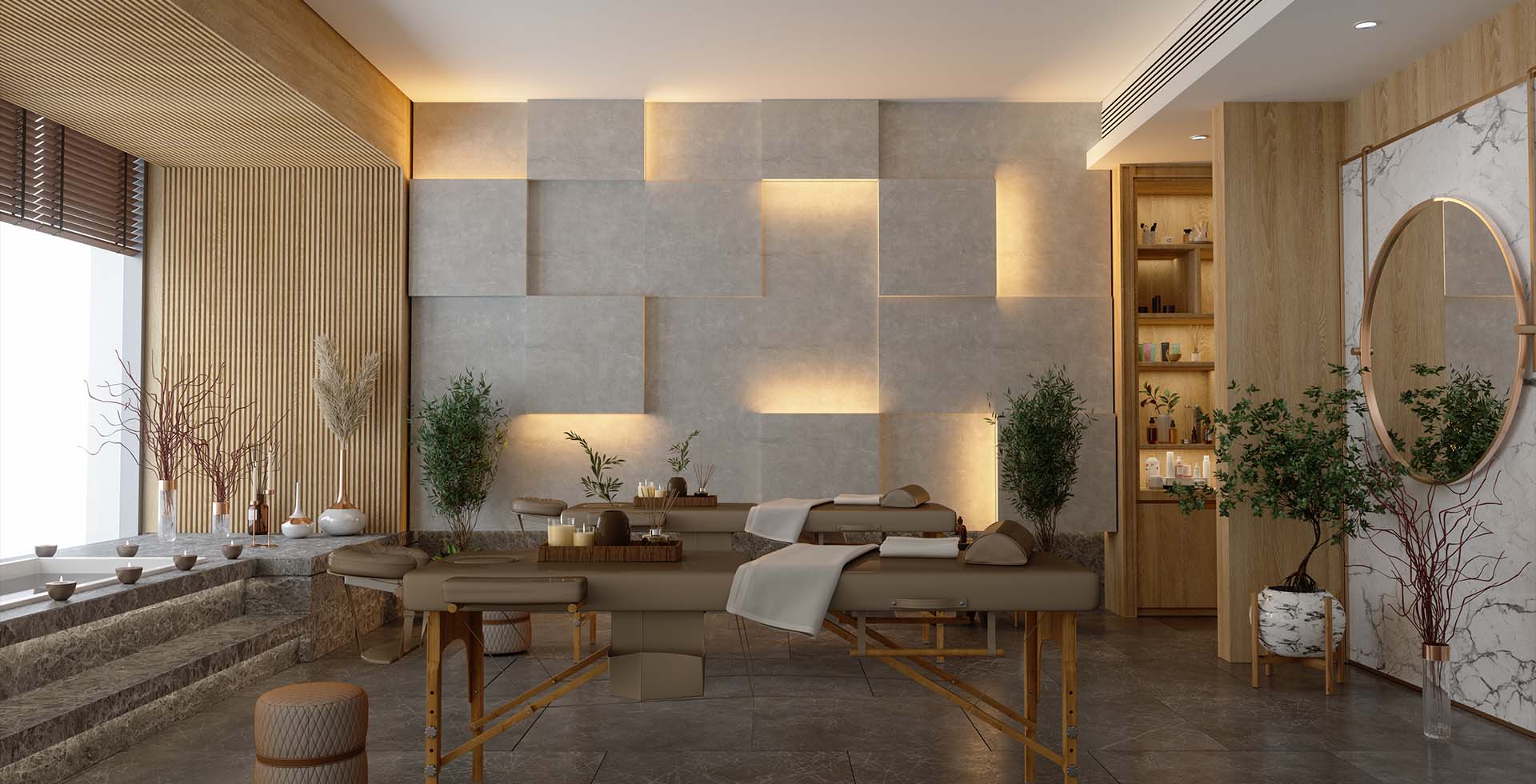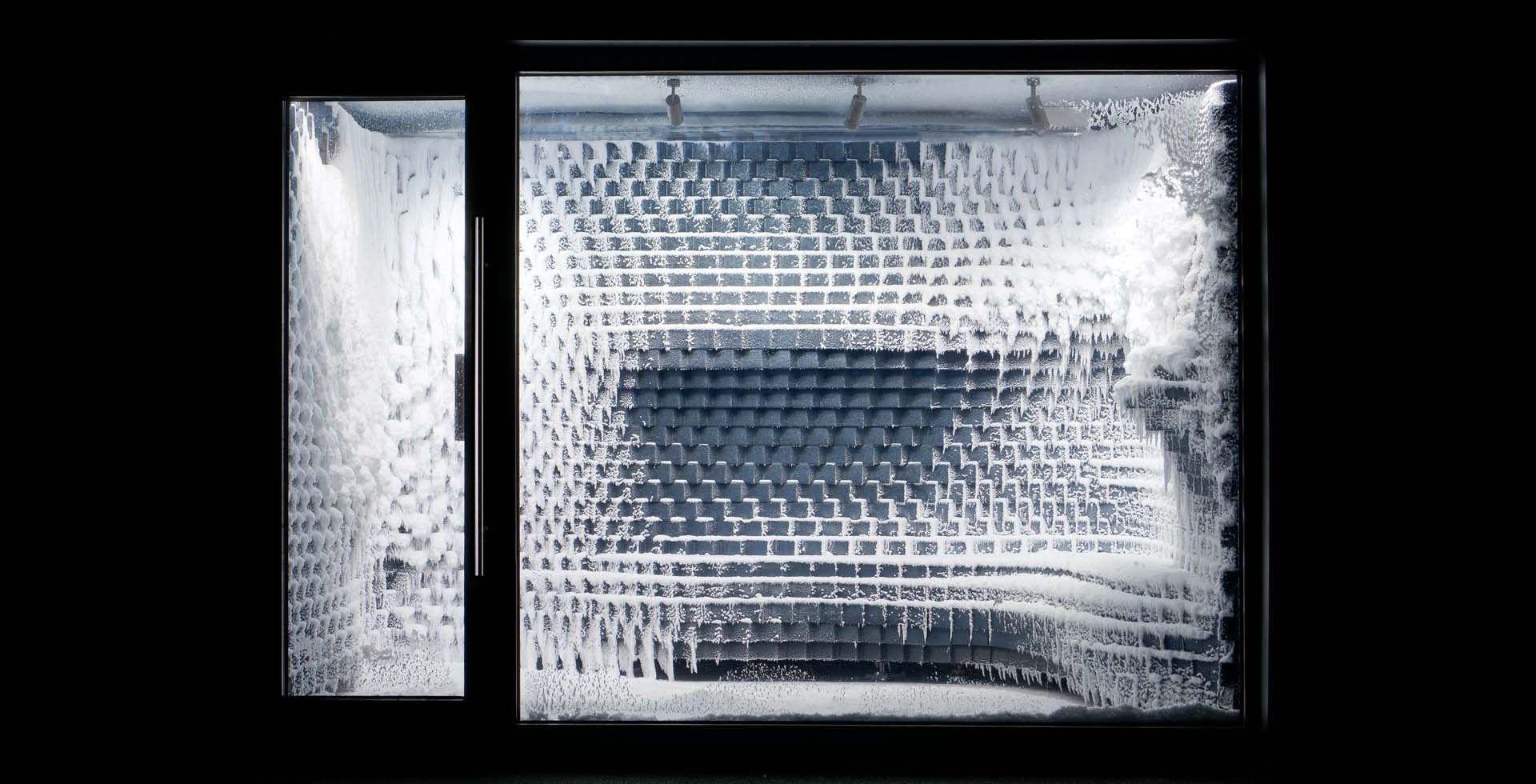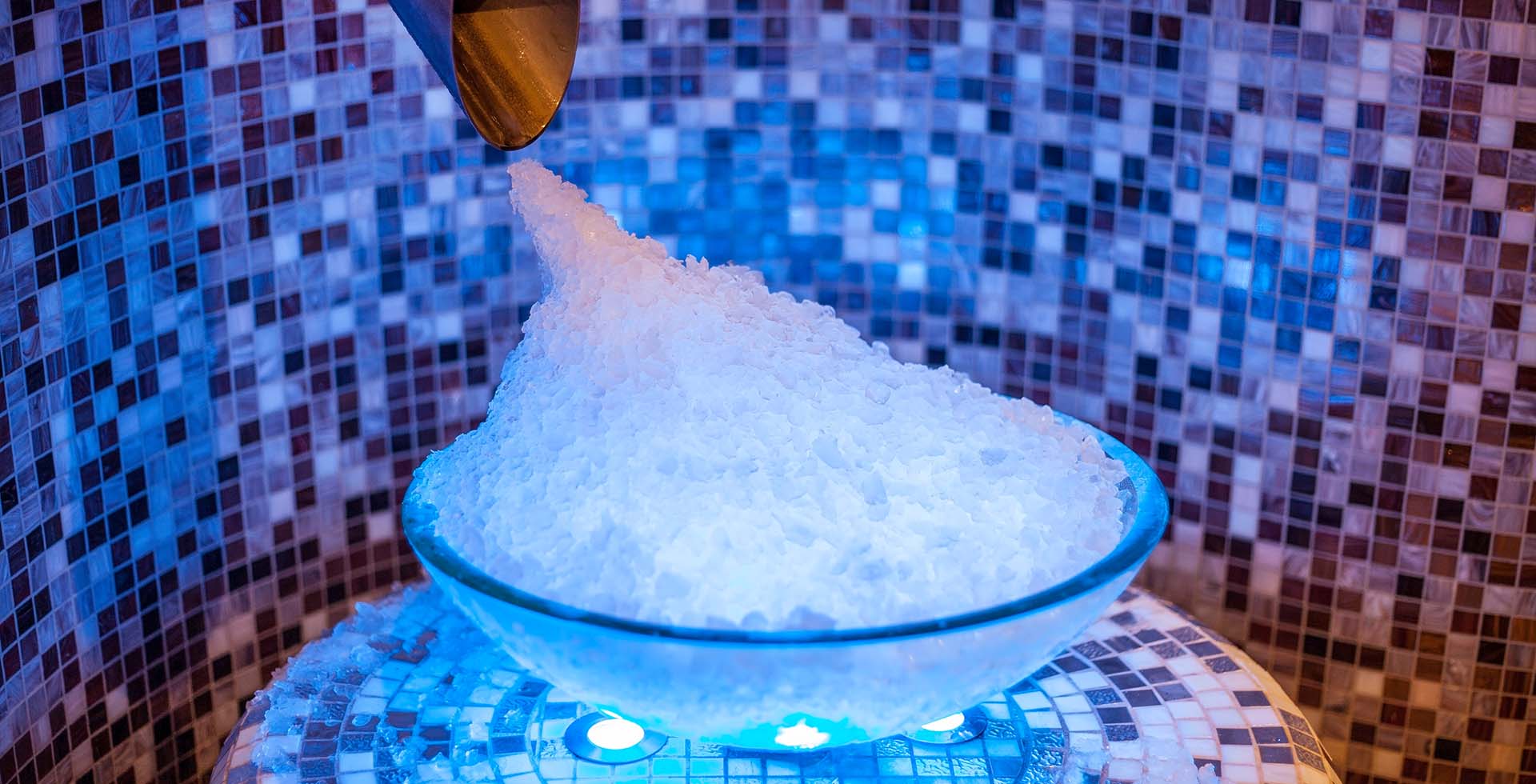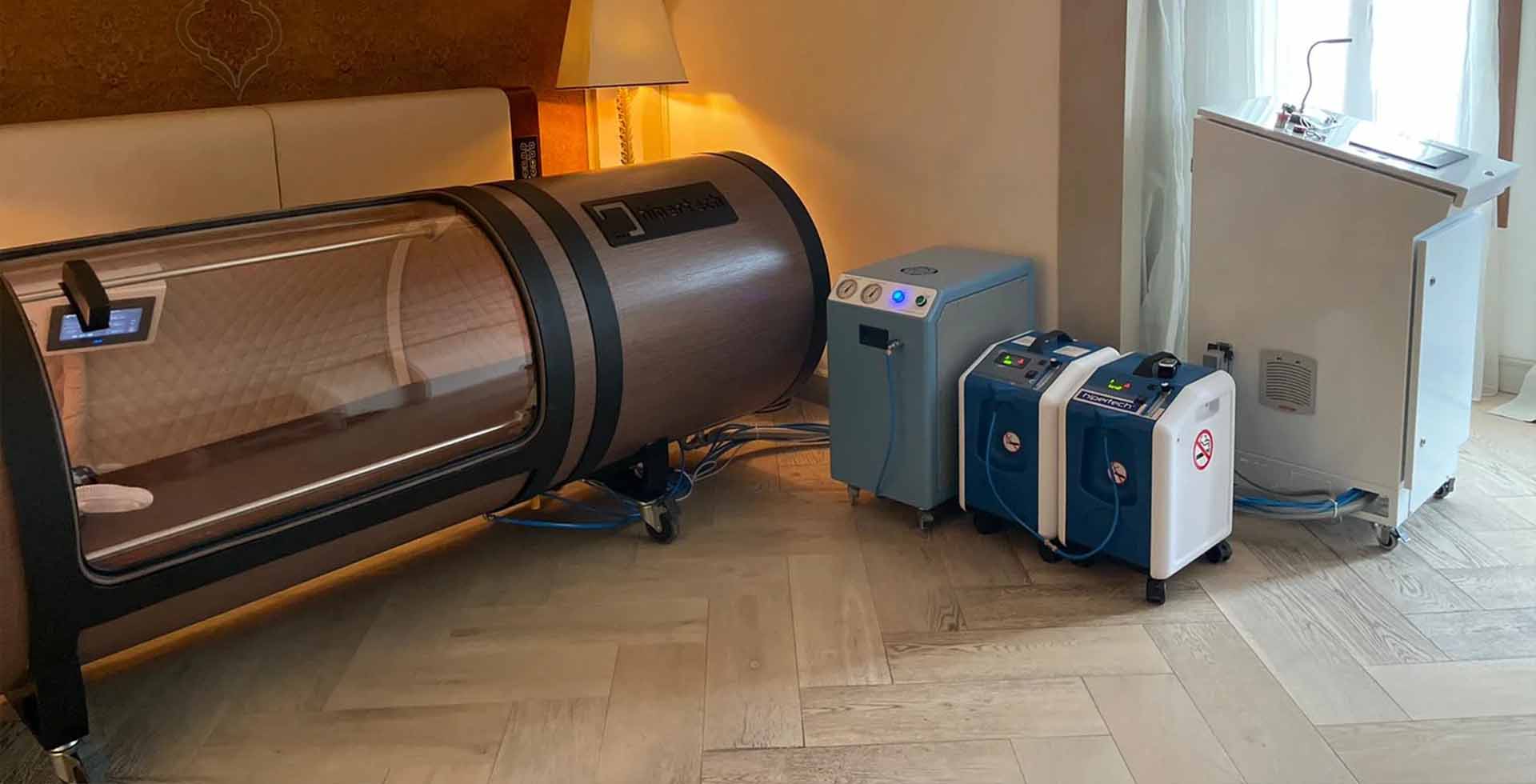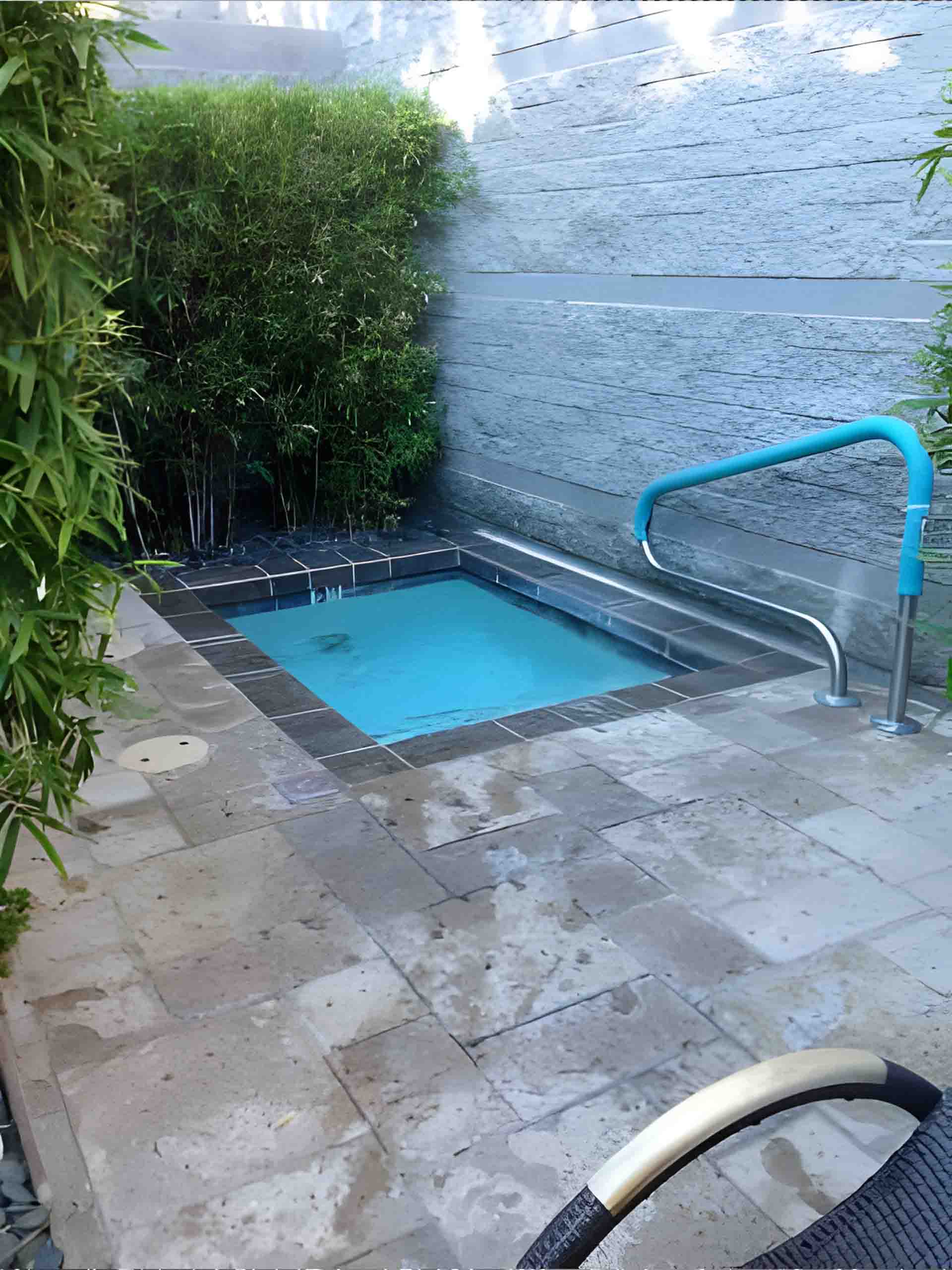
Best Cold Plunge Tub
Best Cold Plunge Tub: The Ultimate Guide to Cold Therapy at Home
Why Cold Plunge is the New Wellness Trend
In recent years, cold plunge tub therapy has become a global phenomenon. From professional athletes to wellness enthusiasts, people are discovering the transformative benefits of immersing themselves in icy water. A cold plunge tub is no longer just a luxury item found in high-end spas—it has now become a must-have feature in modern homes. But what makes the best cold plunge tub different from a standard ice bath, and why should you consider adding one to your wellness routine?
This guide will walk you through everything you need to know about cold plunge tubs: their benefits, features, materials, designs, and how to choose the best option for your lifestyle.
What is a Cold Plunge Tub?
A cold plunge tub is a specially designed basin or pool filled with cold water, typically kept between 7°C–15°C (45°F–59°F). The primary purpose is to provide cold therapy that helps reduce inflammation, boost circulation, and improve recovery after exercise. Unlike a traditional bathtub, a cold plunge tub is engineered to maintain low water temperatures consistently.
Some models are as simple as insulated tubs you fill with water and ice, while advanced versions include built-in cooling systems that regulate temperature automatically.
Benefits of Cold Plunge Therapy
1. Muscle Recovery and Reduced Inflammation
One of the biggest reasons athletes use a cold plunge tub is for recovery. Cold water constricts blood vessels, which helps reduce muscle soreness, swelling, and inflammation after intense physical activity.
2. Boosted Circulation
Alternating between hot and cold (such as sauna + cold plunge) stimulates circulation, improving cardiovascular health and delivering oxygen-rich blood to muscles and organs.
3. Enhanced Mental Clarity
Cold exposure triggers the release of norepinephrine in the brain, which sharpens focus, improves alertness, and reduces symptoms of depression.
4. Stronger Immune System
Studies suggest that regular cold plunging increases white blood cell counts, helping the body fight off infections and illnesses more effectively.
5. Stress Relief and Better Sleep
Cold therapy lowers cortisol (the stress hormone) and activates the parasympathetic nervous system, leading to relaxation and improved sleep quality.
Types of Cold Plunge Tubs
When searching for the best cold plunge tub, it’s important to understand the available options:
1. Portable Cold Plunge Tubs
Lightweight, inflatable, or foldable tubs designed for easy setup and storage. Ideal for beginners or those with limited space.
2. Insulated Cold Plunge Tubs
Built with strong insulation to keep water cold longer. These are more durable and often used in home wellness areas.
3. Luxury Cold Plunge Pools
High-end tubs equipped with temperature control systems, filtration, and premium finishes. Perfect for dedicated spa rooms or professional use.
4. Outdoor Cold Plunge Pools
Large-scale options that can be installed in gardens, backyards, or next to a sauna. Built to withstand outdoor conditions and designed for year-round use.
Key Features of the Best Cold Plunge Tub
When choosing your tub, consider these features:
Temperature Control – Built-in cooling units vs. ice refill
Material Quality – Stainless steel, acrylic, fiberglass, or wood
Size and Depth – Designed for single or multiple users
Insulation – Essential for energy efficiency and long-lasting cold water
Maintenance – Filtration systems for clean water with minimal effort
Design Aesthetics – Modern, traditional, or custom-built to match home decor
Cold Plunge at Home: Creating the Perfect Setup
For the ultimate wellness experience, many homeowners pair a cold plunge tub with a sauna. The contrast between hot and cold therapy maximizes health benefits and creates a spa-like atmosphere at home.
Step 1: Decide the Location
Indoor bathroom, wellness room, or outdoor garden area
Ensure proper drainage and water supply
Step 2: Pair with a Sauna
Alternating between a sauna session and a cold plunge is one of the oldest wellness rituals in Nordic culture.
Step 3: Consider Design and Aesthetics
Choose a tub that complements your existing space—whether minimalist, rustic, or luxury spa-inspired.
Cold Plunge Tub Materials: Pros and Cons
Stainless Steel
Durable and long-lasting
Modern look
Can be expensive
Acrylic
Sleek and lightweight
Easy to clean
Less durable compared to steel
Wood (Cedar or Teak)
Natural and luxurious appearance
Traditional spa feel
Requires maintenance to prevent leaks
Fiberglass
Affordable and versatile
Lightweight
May lack premium aesthetics
How to Use a Cold Plunge Tub Safely
Start Slow – Begin with 30–60 seconds in cold water and gradually increase time.
Optimal Duration – 2–5 minutes per session is typically recommended.
Temperature Range – Keep water between 7°C–15°C for best results.
Combine with Breathing Techniques – Controlled breathing helps the body adapt.
Consistency is Key – Regular sessions amplify long-term benefits.
Cold Plunge Therapy for Athletes
Professional athletes rely on cold plunge tubs for recovery. After intense workouts, ice-cold immersion reduces soreness and speeds up muscle repair. Adding a best cold plunge tub to a home gym is becoming a popular investment among fitness enthusiasts.
Cold Plunge for Mental Health and Wellness
Beyond physical benefits, cold plunge therapy is also linked to improved mental resilience. The shock of cold water trains the nervous system to handle stress better. Over time, many users report improved mood, focus, and emotional balance.
Choosing the Best Cold Plunge Tub for Your Home
When deciding which tub is right for you, ask yourself:
Do you want a portable or permanent setup?
Do you prefer manual ice refills or automated cooling?
What’s your budget for installation and maintenance?
Are you pairing it with a sauna for contrast therapy?
The best cold plunge tub will depend on your lifestyle, available space, and wellness goals.
FAQs About Cold Plunge Tubs
1. How cold should a cold plunge tub be?
Between 7°C–15°C (45°F–59°F) is ideal.
2. How long should I stay in a cold plunge tub?
2–5 minutes per session is recommended for most people.
3. Can I use a cold plunge tub every day?
Yes, daily use is safe for most healthy individuals, but beginners should start gradually.
4. Do I need a sauna with a cold plunge tub?
Not necessary, but combining hot and cold therapy enhances the benefits.
5. What is the difference between a cold plunge tub and an ice bath?
A cold plunge tub is designed to maintain consistent low temperatures, while an ice bath requires frequent refilling with ice.
Investing in the best cold plunge tub is more than just buying a piece of equipment—it’s about committing to a healthier, stronger, and more balanced lifestyle. Whether you’re an athlete, a wellness enthusiast, or someone simply looking to improve overall health, a cold plunge tub can transform your daily routine.
With the right setup, you can bring the luxury of spa-grade cold therapy into your own home and enjoy its countless benefits for years to come.

